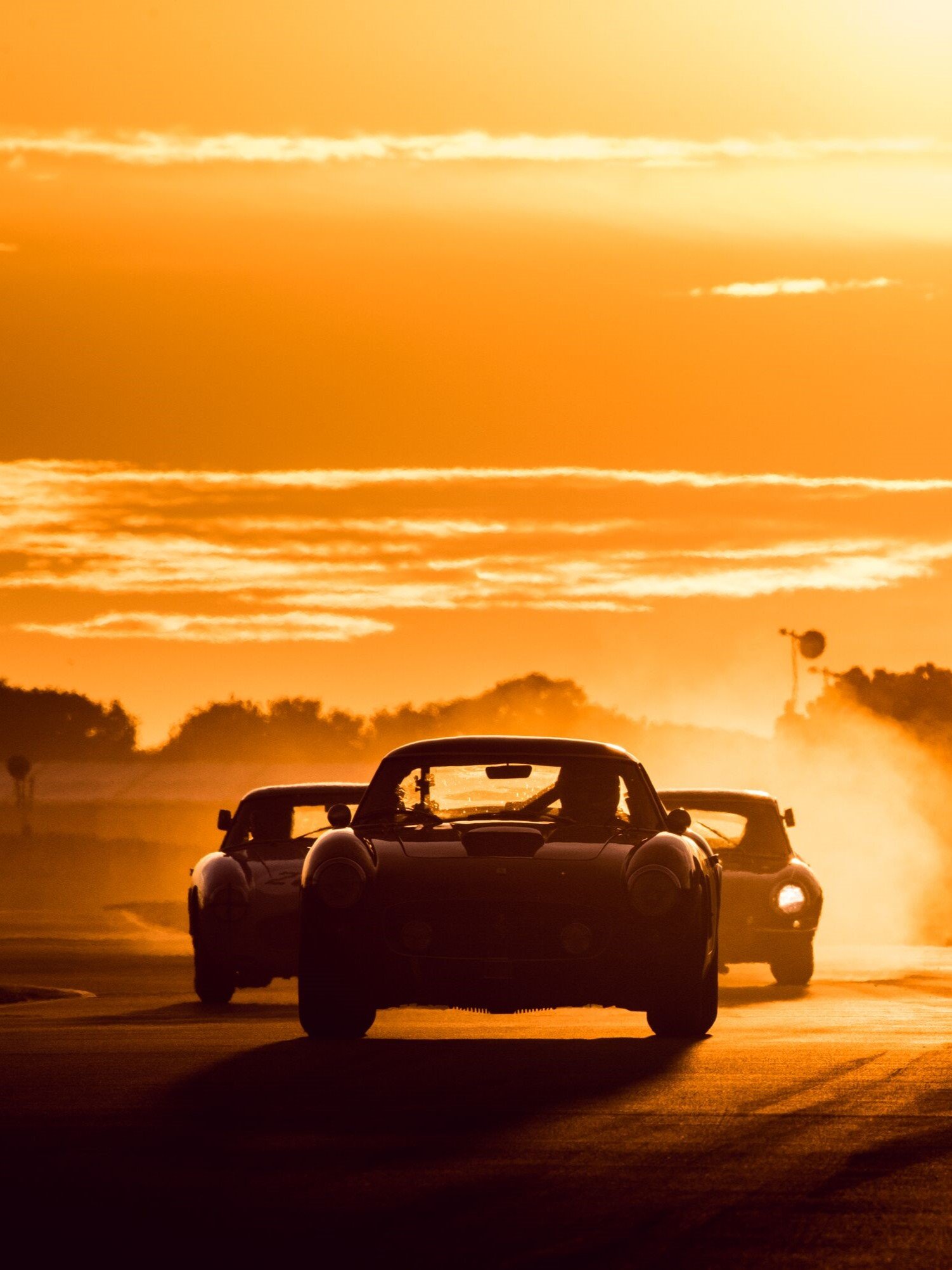Heritage
The audacity of BMW’s arrival on the superbike scene still seems breathtaking, six years after the original S1000RR launched the 193bhp assault that left every other super-sports bike manufacturer reeling. Motorcycling’s most prestigious class had never been trampled in such fashion, let alone by a German marque which not long before had been best known for worthy but slightly dull tourers.
That original S1000RR didn’t merely outperform its rivals with power and lightweight, it outclassed them with features including multiple riding modes, a gearbox quick-shifter and cutting-edge electronics. Its first challenge came not from its opposition but from BMW itself, when the RR was updated for 2012 with revised electronics and suspension. In 2013 it was followed by an exotic spin-off, the HP4, which pioneered semi-active suspension. That led to this current, second-generation S1000RR, which has more power, reduced weight and further features ranging from HP4-derived suspension to cruise control and heated grips.
Design
What made the S1000RR’s coup even more improbable was that it was achieved not with a radical new design but by updating the traditional Japanese format of transverse four-cylinder engine and twin-spar aluminium frame. The original model incorporated BMW’s familiar asymmetric styling theme via twin headlights of different shape and size. The lights make the second-generation model easily distinguishable because its face is reversed, putting the smaller main beam on the left.
The 999cc, 16-valve engine features updated intakes, exhaust system and cylinder head, which combine to increase maximum output to 199bhp. The frame incorporates slightly sportier steering geometry and a longer wheelbase for additional stability. In standard form the S1000RR has three riding modes, to which the optional Pro mode adds a track-focused Slick setting, and allows traction control to be fine-tuned on the move via buttons on the handlebar. Another option is the semi-active suspension system, Dynamic Damping Control, which adjusts automatically to suit riding mode and the bike’s situation.
Performance
As with many top modern superbikes the S1000RR’s straight-line performance is blood-drainingly vicious, thrillingly immediate and facilitated by the bike’s electronically-enhanced ability to keep its front wheel somewhere near the ground. Independent tests put its 0-60mph performance at just over three seconds and 0-100mph at under six, at which point there’s another 90mph to come. Thankfully the bike slows with comparable ferocity, thanks to a Brembo front brake system that incorporates track-ready ABS (although unlike the HP4’s system this doesn’t work in corners).
The BMW’s controllability and ease of use even at extreme speeds is perhaps its greatest asset. Its semi-active suspension firms-up the front end under braking and the rear under acceleration, helping to keep the bike remarkably balanced and stable; and the traction control works so seamlessly that this most powerful of machines is also remarkably rider-friendly. Electronic features include the optional Gear Shift Assist Pro, which allows clutchless changes both up and down the box. The RR is a stunningly fast, sophisticated and useable machine that continues to be the superbike yardstick for performance on both road and track.
Passion
For a cutting-edge sports bike the BMW is improbably well equipped and practical. Its electronic features include a high-tech instrument panel that displays actual and maximum lean angle (it’s possible to record over 60 degrees on a track with banked turns), acceleration rates and more. For circuit use there’s a launch control, plus a pit-lane speed limiter that can be deployed for amusement in town. More down-to-earth options, invaluable to long-distance riders, include cruise control and heated grips. The semi-active suspension allows the BMW to be impressively comfortable, at least by sports bike standards.
Since the last round of super-sports launches the S1000RR has some serious opposition. Aprilia’s RSV4 boasts V4 charisma, Ducati’s 1299 Panigale thunders with V-twin soul, Kawasaki’s ZX-10R offers World Superbike credibility and Yamaha’s YZF-R1 packs MotoGP-derived technology. All are fine bikes, but BMW’s refined-yet-raw four is arguably the pick of the bunch both for a hot lap of Brands Hatch and a blast the length of France. Given that it remains competitively priced – at £13,850 for the standard model and £14,910 for the Sport, which includes DDC semi-active suspension, auto-blipper, heated grips, LED indicators and pillion seat cover – that’s quite some accomplishment.
BMW Motorrad will feature at the Festival of Speed as part of the celebrations of BMW's centenary.
Price tag of our bike: £17,040 (Sport with additional £495 Race Package, £385 Motorsport paint option and £1250 forged wheels)
Photography by Arnold Debus
BMW
S1000RR
The Goodwood Test
























































































